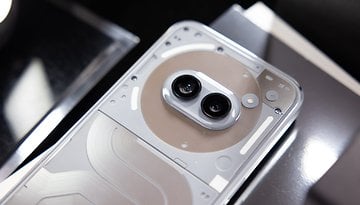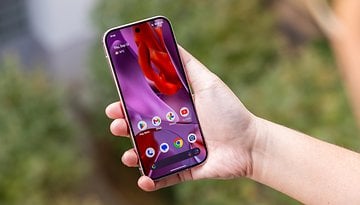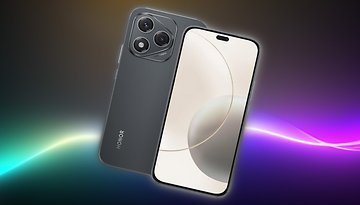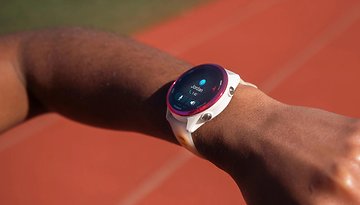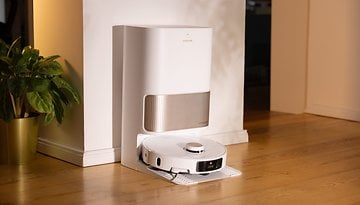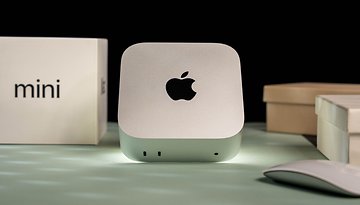Adapt Huarache: Nike redesigns self-lacing cult shoes from the 90s
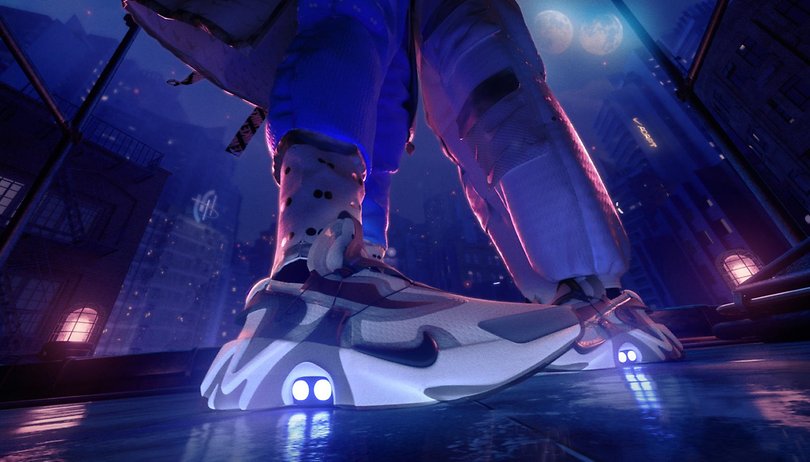

The Nike Air Huarache came onto the market in 1991, now they are being redesigned with a lot of new technology. Meet the Nike Adapt Huarache! The self-lacing smart shoes can now even by controlled voice commands.
After the Adapt BB, Nike launches the second generation of its smart sneakers. The Adapt Huarache are visually inspired by the cult trainers of the 1990s, but still look modern and contemporary. The motor that tightens or loosens the lacing is located in the middle of the shoe. The Nike Adapt Huarache are controlled either via the two buttons on the side, via the app or - brand new - via voice commands.
In the app you can also customize the shoes to your preferences. You can choose the color of the LEDs in the buttons and create presets to indicate how loose or tight you want your shoes to be. Nike uses the Apple Watch for voice control, so it's currently limited to Siri. Other language assistants like Alexa, Cortana or the Google Assistant could come later. The app is also available for Android.
When you put on Nike's smart shoes, they tie themselves up automatically. This is quite a cool feature, but it also comes at a price. The Nike Adapt Huarache cost $350 and are anything but cheap. According to Nike, sales will begin on September 13, shortly after IFA 2019.
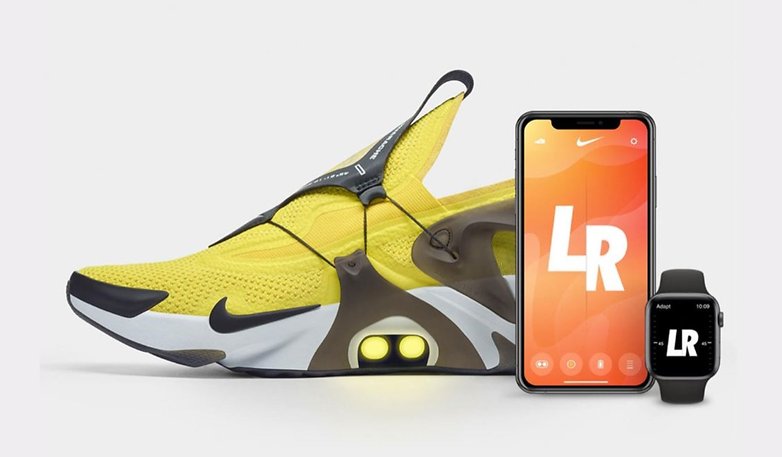
Has Nike solved the problem with smart sneakers?
It remains to be seen if Nike has managed to solve the initial problems of smart sneakers with the Adapt Huarache. With the first generation, the problem occurred that the shoes became unusable by an update of the firmware, since the lacing could no longer be controlled. There was no alternative to the control the laces via the buttons or the app for the smart shoes.
I like the new Nike Adapt Huarache better than the Adapt BB, but everyone's tastes are different. All in all, self-lacing shoes are certainly not what mainstream customers really need. Nevertheless, it is an exciting development that shows how many areas of daily life smart technologies are now penetrating.






